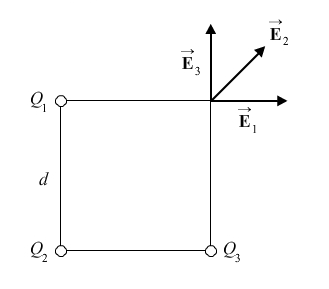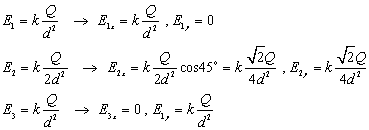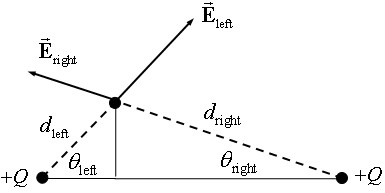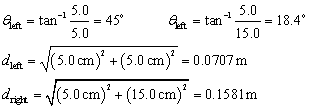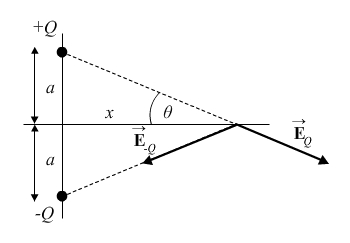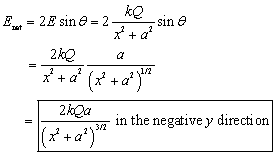Electric Fields
View the following example problem that shows the calculation of an electric field, then, you try some problems. Complete the self-check activity by looking at the prompts below, working through the problems, and then clicking on the question to review the solutions.
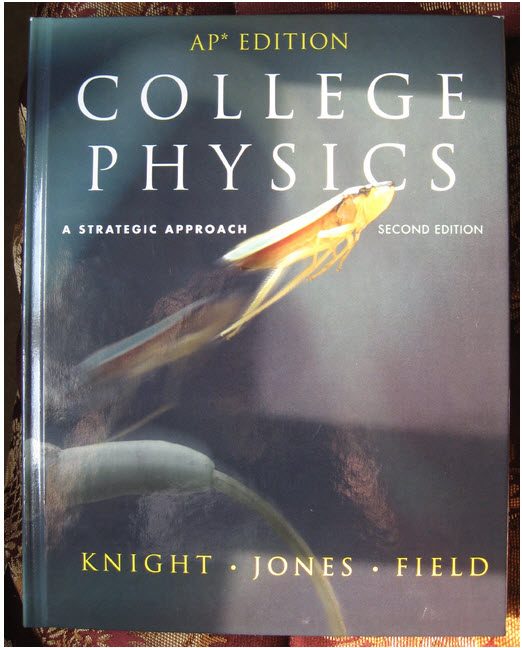 For more practice, complete the following problems from Chapter 16 in your textbook. The answers are in the back of your book.
For more practice, complete the following problems from Chapter 16 in your textbook. The answers are in the back of your book.
Problems: 23-31 odd
 Tutorial: Electric Fields Example
Tutorial: Electric Fields Example
In this example, you will see an example problem dealing with electric field strength. Select the play button to begin the tutorial, and then use the navigation buttons to pause/stop, continue, or reset the tutorial. View the presentation as often as you would like, and take notes as you follow along. Be sure to set your volume at a reasonable level before you begin.
Problem 1
What is the electric field strength at a point in space where a proton
Assuming the electric force is the only force on the electron, then Newton’s 2nd law may be used to find the electric field strength.
|
Problem 2
Calculate the electric field at one corner of a square 1.00 m on a side if the other three corners are occupied by 2.25 x 10-6 C charges.
The field at the upper right corner of the square is the vector sum of the fields due to the other three charges. Let the variable d represent the 1.0 m length of a side of the square, and let the variable Q represent the charge at each of the three occupied corners.
Add the x and y components together to find the total electric field, noting that Ex = Ey.
|
Problem 3
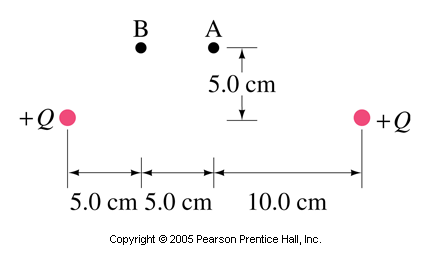
Use Coulomb’s law to determine the magnitude and direction of the electric field at points A and B in the figure due to the two positive charges
In each case, find the vector sum of the field caused by the charge on the left
Point A: From the symmetry of the geometry, in calculating the electric field at point A only the vertical components of the fields need to be considered. The horizontal components will cancel each other.
Point B: Now the point is not symmetrically placed, and so horizontal and vertical components of each individual field need to be calculated to find the resultant electric field.
|
Problem 4
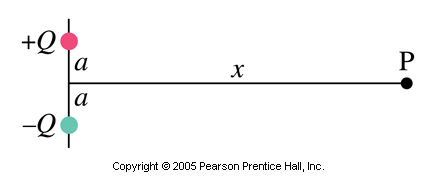
Determine the direction and magnitude of the electric field at the point P shown in the diagram. The two charges are separated by a distance of 2a. Point P is on the perpendicular bisector of the line joining the charges, a distance x from the midpoint between them. Express your answers in terms of Q, x, a, and k.
From the diagram, we see that the x components of the two fields will cancel each other at the point P.
Thus the net electric field will be in the negative y-direction, and will be twice the y-component of either electric field vector.
|

